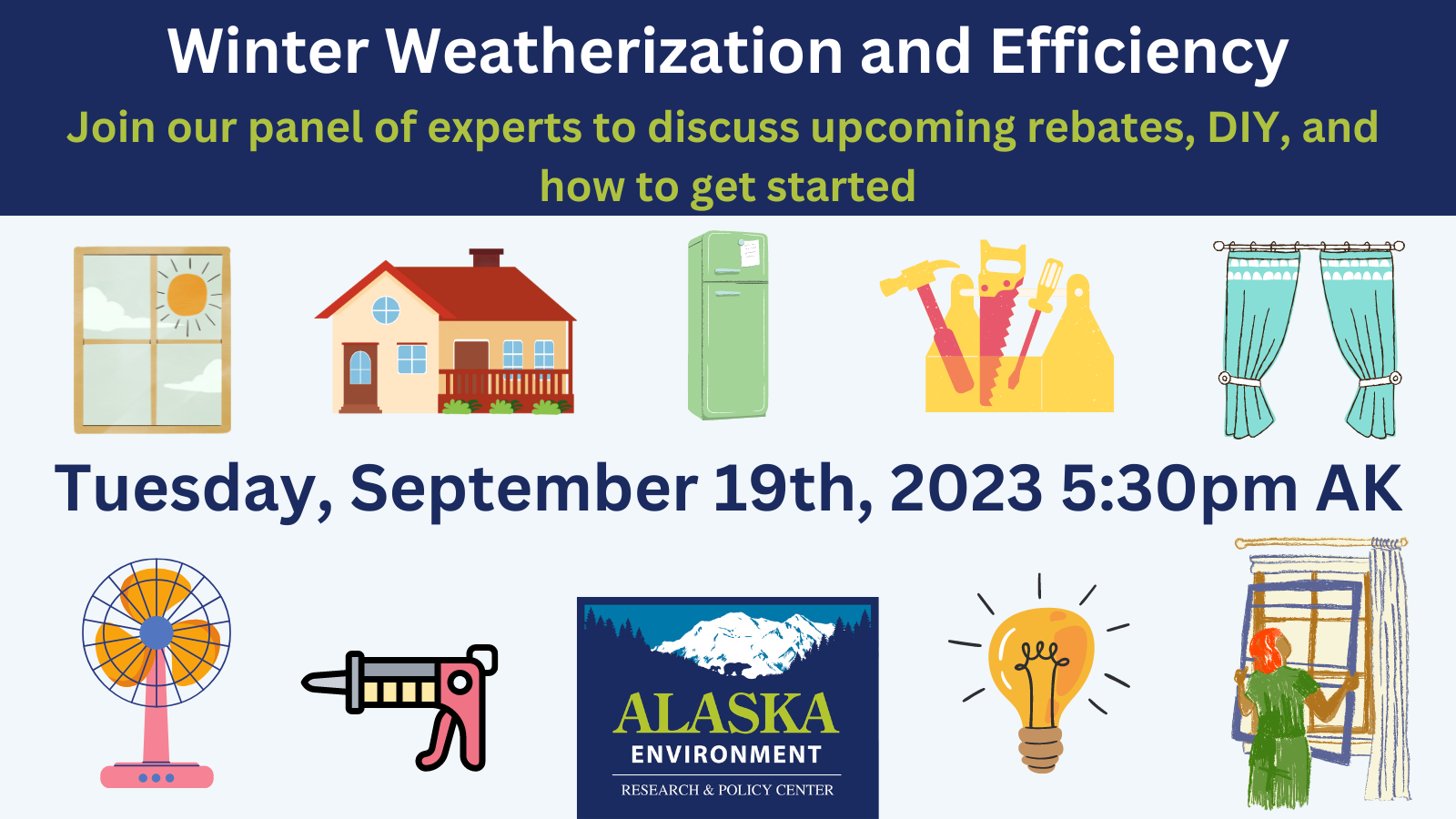
Weatherize Wisely: DIY Home Weatherization Tips
Efficiently weatherizing your home not only enhances comfort but also contributes to energy savings. In this article, we’ll explore DIY home weatherization tips, covering key areas to focus on and cost-effective strategies for making your home more resilient against the elements.
Assessing Your Home’s Vulnerabilities
Before diving into weatherization projects, conduct a thorough assessment of your home’s vulnerabilities. Check for drafts around windows and doors, inspect the condition of insulation, and examine the exterior for potential gaps or damage. Identifying weak points is crucial for targeted weatherization efforts.
Sealing Windows and Doors
Windows and doors are common sources of drafts that can lead to energy loss. Begin by applying weatherstripping to create a tight seal around window frames and door edges. Use caulking to seal any visible gaps or cracks. Consider installing draft stoppers at the base of doors to prevent cold air from entering and warm air from escaping.
Insulating Attics and Walls
Proper insulation is a key factor in maintaining a comfortable indoor temperature. Check the insulation levels in your attic and walls. If needed, add or replace insulation to ensure adequate coverage. Insulating materials like fiberglass batts or blown-in insulation can be effective in retaining heat during the colder months.
Addressing Basement and Crawlspace Drafts
Basements and crawlspaces are often overlooked but can be significant sources of drafts. Seal gaps in the foundation using foam or caulk, and consider adding insulation to the walls. Ensure that basement windows are properly sealed and insulated. This not only improves energy efficiency but also prevents moisture issues.
Installing Storm Windows and Doors
Storm windows and doors provide an additional layer of protection against the elements. If your budget allows, consider investing in storm windows or doors. These can be particularly beneficial in regions with harsh winters, offering enhanced insulation and reducing heat transfer.
Maintaining HVAC Systems
Efficient heating, ventilation, and air conditioning (HVAC) systems are essential for optimal energy use. Regularly maintain your HVAC system by cleaning or replacing air filters, checking for leaks in ductwork, and scheduling professional inspections. A well-maintained system operates more efficiently, reducing energy consumption.
Sealing Ductwork Leaks
Leaky ductwork can result in significant energy loss. Inspect your ductwork for visible leaks and use foil tape or mastic sealant to seal any gaps. This ensures that the conditioned air from your HVAC system reaches its intended destination without escaping through leaks.
Consider Energy-Efficient Window Treatments
Beyond sealing gaps, consider energy-efficient window treatments to further enhance insulation. Thick curtains or blinds can provide an extra layer of warmth during colder seasons. In the summer, reflective window films or shades can help block out excess heat, reducing the workload on your cooling system.
Landscaping for Energy Efficiency
Strategic landscaping can contribute to home weatherization. Planting trees or shrubs around your home provides natural shade during hot months and acts as a windbreak during colder months. Well-placed landscaping elements can reduce the impact of weather extremes on your home.
DIY Weatherization for Cost-Effective Results
Embracing a DIY approach to home weatherization not only saves money but also allows you to actively contribute to your home’s energy efficiency. By sealing gaps, improving insulation, and maintaining key systems, you create a more comfortable and sustainable living environment.
Explore DIY Home Weatherization Solutions
For those ready to embark on the journey of DIY home weatherization, DIY home weatherization offers insights, ideas, and resources. Discover cost-effective strategies, gain knowledge about materials and techniques, and take the first steps toward a weatherized home that promotes energy efficiency and comfort.
